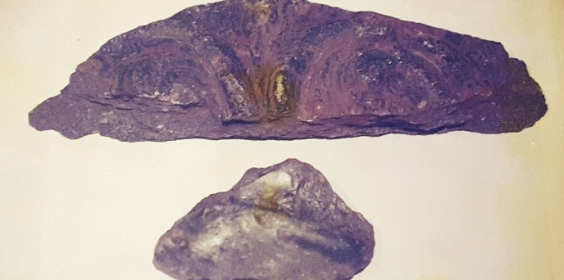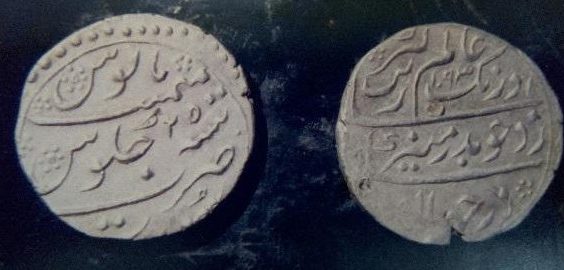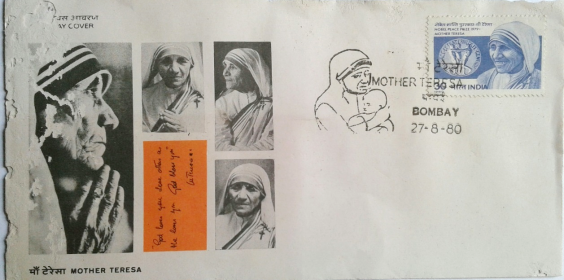The Pilar Museum is a witness to this rich cultural heritage of Pilar hillock and to a great extent, the heritage of the Shilaharas (765 – 1020 AD) and the Kadambas (1050 – 1354 AD), who had their capital city, Govapuri, around the hillock. Right through the Muslim and Portuguese conquests, the history continues down to the present day Goa State of the Indian Union. We have been somewhat able to piece together a continuous politico-religious history of the Pilar hillock, as well as of Goa, from the monuments and artefacts dating back up to the 2nd Millennium BC. For the Franciscan Capuchins (Capuchos) built the Pilar Monastery and occupied it from 1613 to 1835; and after them the Carmelites took possession of it, from 1856 to 1887. And finally from 1890, the Pilar Monastery was made the headquarters of the Society of Pilar, by the decree of. D. A. S. Valente, the first Patriarch of Goa, who sometimes also acted as the President of the Governing Council of Goa, in the absence of the Portuguese Governor General.
The Pilar Seminary Museum has been set up in a limited space as a labour of love and appreciation for the culture and heritage of Goa, by the staff and students of the Theological College. It is clear, from the objects on display here, that in spite of the vicissitudes gone through, by the people of Goa under successive political dispensations, a deep sense of camaraderie has prevailed among them1. This went deeper than a mere co-existence of faiths. There was a profound influence of Indian and oriental forms of worship and belief systems on the Indian carvers of sculptures, like the one depicting the Child Jesus, the St Thomas Cross, Mary Magdalene and others. Evidently, the Indian sculptors, be they Christian or not by religious affiliation, retained a deep respect and reverence for the concept of divinity which they instinctively accepted.
Repressive policies were followed by the Portuguese, not only against the Muslims and Hindus but even against the local Christians. Even as late as the 19th century, the Goan Christians felt it necessary to hide the St. Thomas Crosses, which had been retained by them for over ten centuries, and unfortunately, whenever they were found, they were damaged and declared not fit for worship by the colonial masters.
Archaeological finds and monuments of the past, are described in the Pilar Museum, according to the period to which they belong, with their interpretations in minute detail, for the benefit of students of schools, colleges, and universities, pilgrims, tourists and other visitors to throw new light on historical facts of different dispensations through which Goa has passed from the stone age to modern times. The Museum exhibits the artefacts scientifically in a balanced way and is thus a true servant of history. It is a great help for historians to write proper history, for teachers to teach proper history and for students to study genuine history of Goa. Irrespective of creed or caste, it depicts the communal harmony that Goa has maintained throughout the ages. It calls upon all who visit the Museum, to pledge to maintain this same communal harmony in future and to respect the individual conscience of each and every human being.
We conclude by applying to the Pilar hillock, what Prof. Dr. Nandkumar Kamat says of the island of Tiswaddi. The hillock has seen “the footprints of the Neolithic man, the saffron robes; of the Buddhist monks, the rickety ships of the Greeks, Romans, Persians and Arabs in the Gopakapattana harbour; the horses of the Gulf; the copper of Cyprus, the pearls of Ceylon the silk of Kalyani, and the cotton and sandalwood of Banavasi. It has witnessed the rise and fall of empires, dynasties, terrific naval battles, invasions and destruction”.2 To add to this, the Pilar hillock has heard the chants of the Franciscan Capuchos (monks) and witnessed the silence of their daily 3 hours of meditation and contemplation; it has likewise felt the rigours
Of Carmelite penance; and the enthusiasm and activity of the members of the Pilar Society, who from the same hillock have gone out as the messengers of the love of Christ to all corners of India and abroad to illumine the minds of the young generation through their educational activities and dedicated service to the people of all walks of life.
The glory and wealth of the past has come and gone, to tell the world that everything it has, fades. It is only the spiritual principles and values that last, for the Pilar hillock has been a centre of spirituality and communal harmony in the past and continues so even today.
1 C. J. Costa, Religious Identities in the Heritage of Govapuri – Some Artifacts in the Pilar Seminary Museum, DECCAN STUDIES, Centre for Deccan Studies, Hyderabad, India, Vol.1 No. 1, June-Dec 2003, p. 66
2 Nandkumar Kamat, Gopakapattana through the Ages, op cit. p.266Search for:




